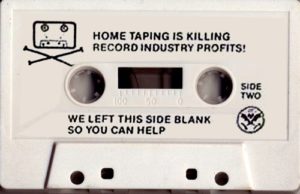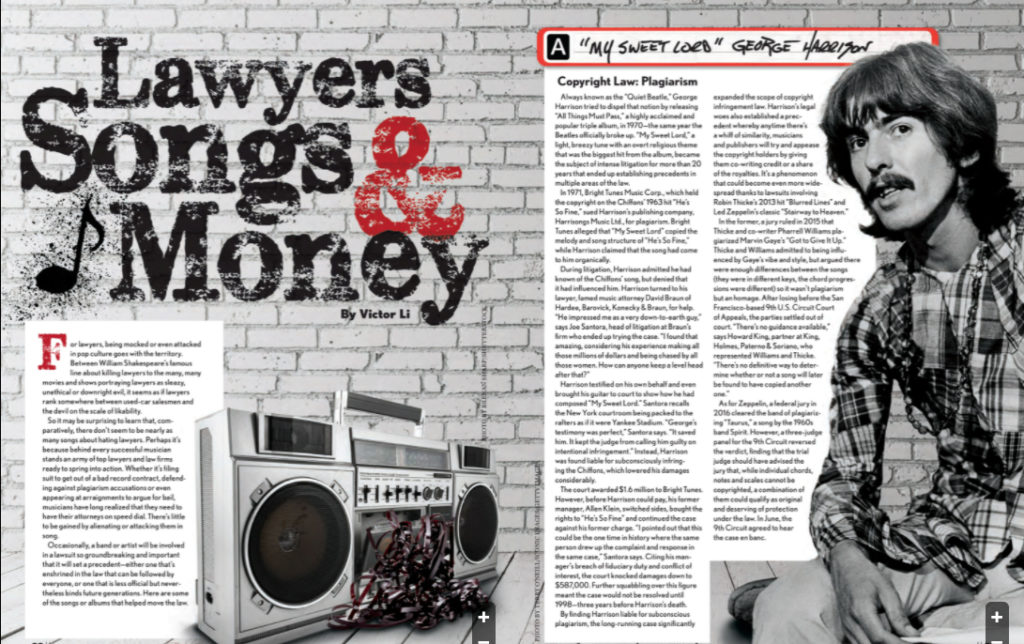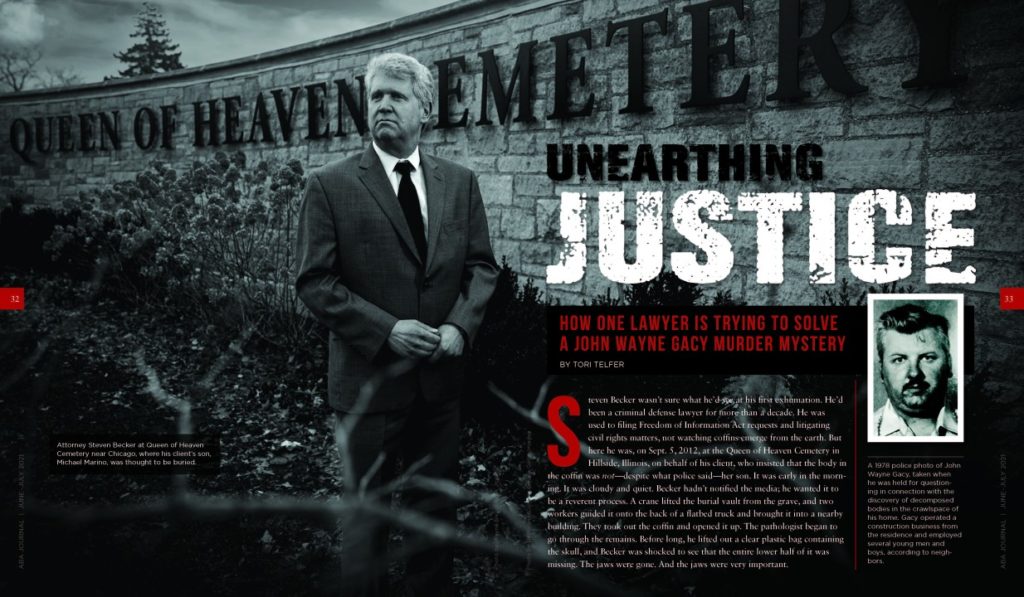
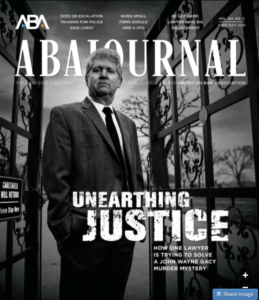
To say we were about to photograph a sensitive topic would be the understatement of my career. The story had been written and was to be published, so it was too late to steer away from controversy. To put a finer point on things, two bodies had at one time been exhumed from the exact location we were to shoot. The entire world became captivated by this initial narrative as facts on the John Wayne Gacy murders continued to unfold. Almost 45 years later, the unspeakable horrors are still shocking.
Upon my initial read, I knew this story deserved powerful photography and looked no further than Chicago photographer, Wayne Slezak. After several conversations, we each agreed the shots should be in black and white, to refle
ct the gravity of the topic and the passing of time. He scouted the area before arranging a time to photograph and realized the particular gravesite we had to shoot was under the constant observation of the caretaker. I was once on assignment in a cemetery and was actually chased by an excavator after the driver saw me start to take pictures. Needless to say, I appreciated Wayne’s level of professionalism in getting us these quality shots free of incident.
I could only imagine the thoughts going through attorney Steven Becker’s head as he strolled through the cemetery for the benefit of the camera. Then I realized it was those exact thoughts which would be compelling to readers. As the photo shows Becker walking towards the site where alleged John Wayne Gacy victim, Michael Marino, was believed to be buried, I wanted to take viewers on that walk with him. I superimposed news photography to take readers back in time to the moment where the revelation of the atrocities was unfolding and the realization that this might also be the fate of the pictured missing child. The large fingerprint is used to represent the maze his mother, Sherry Marion, entered in order to find her missing son and reflects the eventual struggle she and Steven Becker would face in trying to identify him on this very spot.
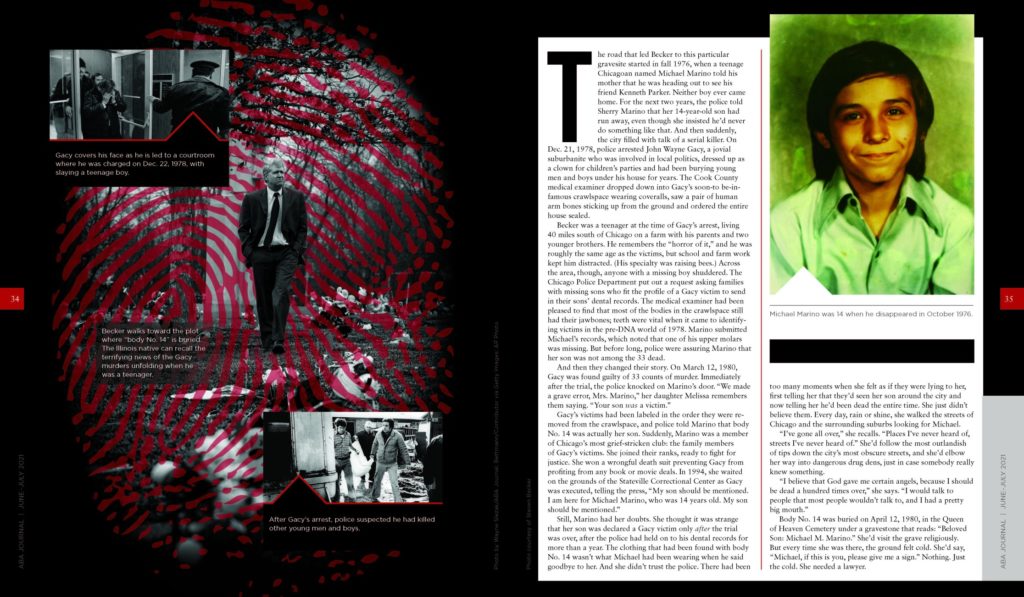
“Unearthing Justice” is written by acclaimed author, podcaster and freelancer, Tori Telfer, and is expertly crafted. In fact, this month’s cover story is one of the best feature articles I’ve read in the ABA Journal. I feel very fortunate to have
assigned the photography as well as have designed it. You can read the entire story here, or, if I may suggest, first view it as it was initially designed for publication here and then read the online version, which contains a new statement from the Cook County Sheriff’s Office in response to the story being published and a retort from the law office of attorney Steven Becker.
The timeliness of this story couldn’t be better suited. To see compelling testimony from one of the producers and former Chicago Reader editor, Allison True (who is also quoted in our story), be sure to watch the 6-part documentary series, John Wayne Gacy: Devil in Disguise on NBC’s The Peacock streaming service. The story, and the surrounding controversy, continues.
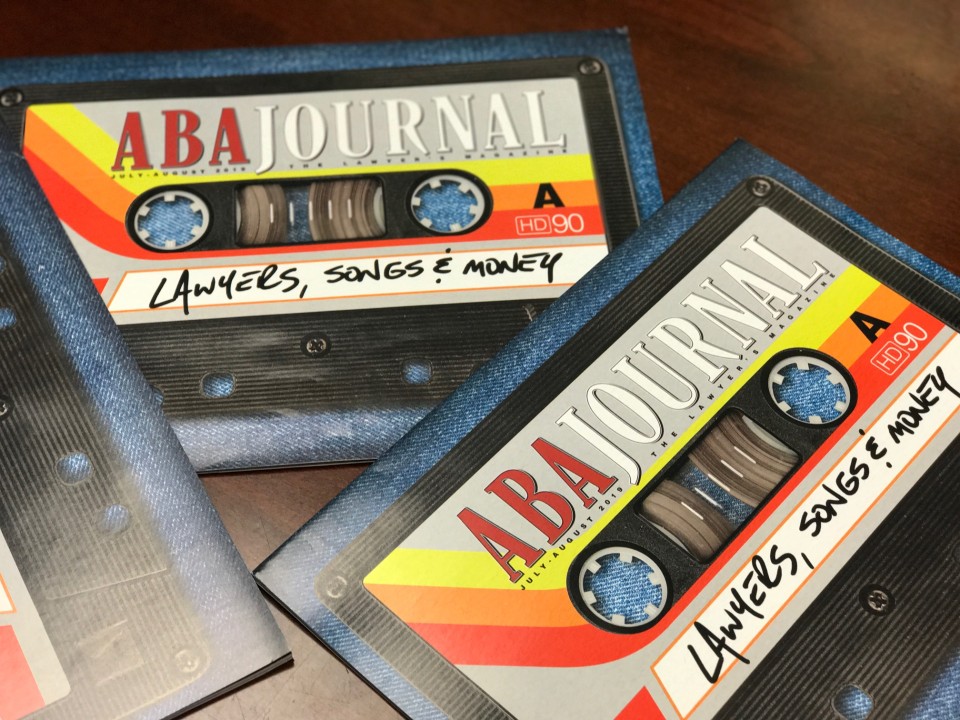
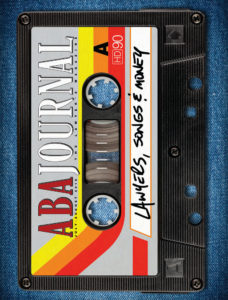 The title is, of course, a riff off of the Warren Zevon song, “Lawyers, Guns and Money,” and there were several different ways I could have chosen to design a cover with such a title. I went down a few rabbit holes creatively before circling back to my initial idea of the entire cover and Journal logo as one giant cassette.
The title is, of course, a riff off of the Warren Zevon song, “Lawyers, Guns and Money,” and there were several different ways I could have chosen to design a cover with such a title. I went down a few rabbit holes creatively before circling back to my initial idea of the entire cover and Journal logo as one giant cassette.
